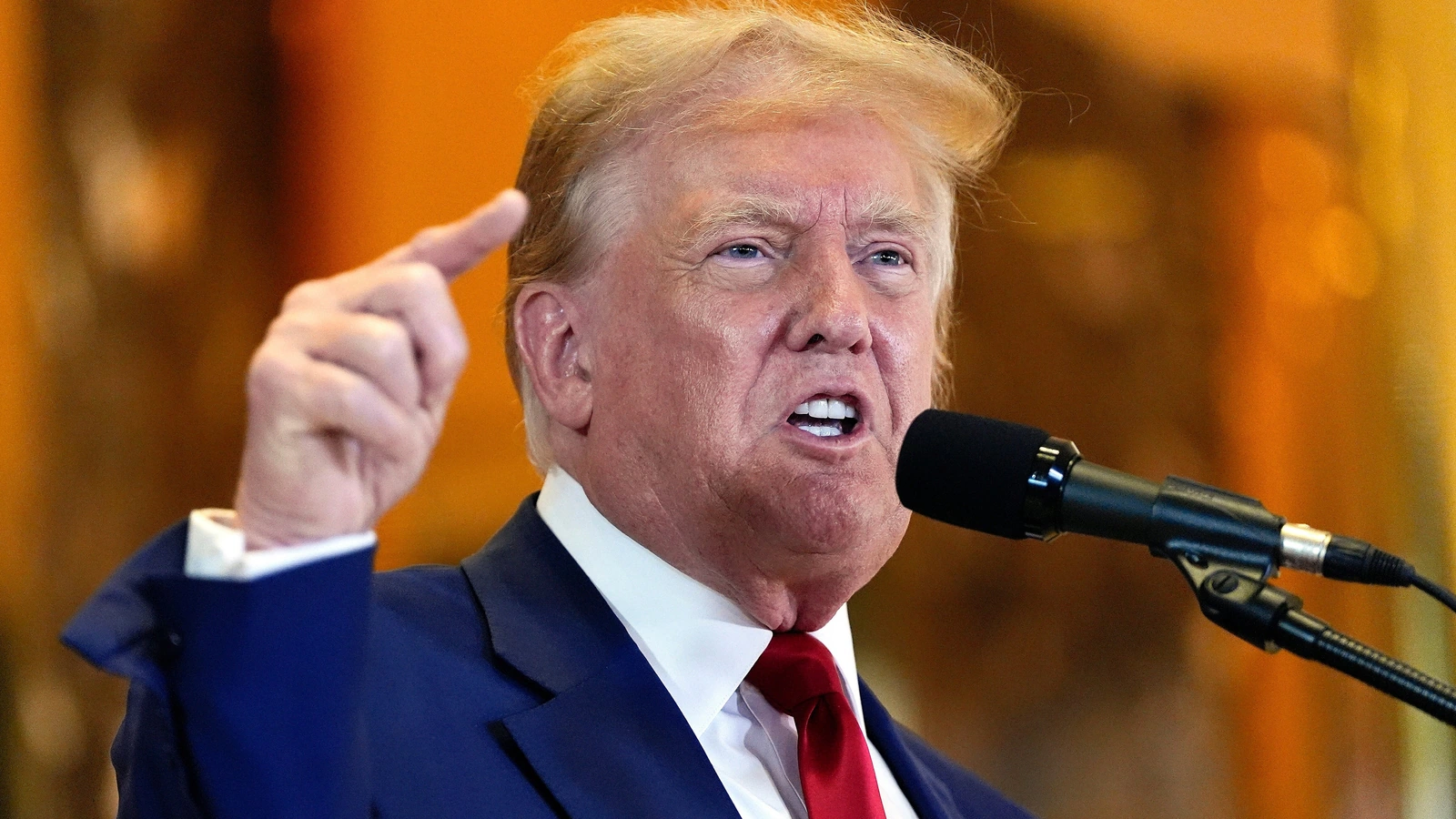In an assertive move to reshape global trade dynamics, the United States under President Donald Trump adopted a tariff-centric policy to safeguard domestic economic interests. Rooted in the “America First” ideology, this approach prioritized U.S. economic prosperity over international trade partnerships. By naming high-tariff nations like China, India, and Brazil as examples of those allegedly harming American economic interests, the Trump administration signaled a major shift in its trade priorities. This article examines the implications of this shift by analyzing the rationale behind tariffs, their economic impact, support for key industries, encouragement of domestic manufacturing, and the broader effects on global trade.
America First: A Paradigm Shift in Trade Priorities
The “America First” doctrine fundamentally reshaped the U.S.’s approach to trade. Instead of fostering multilateral partnerships, the focus shifted to protecting domestic industries. This prioritization was aimed at reversing the perceived exploitation of the U.S. economy by foreign nations with high tariffs. Trump explicitly stated, “We’re going to put America first,” underscoring a trade strategy where domestic prosperity was prioritized over global trade benefits.
The administration envisioned creating a fair system by reducing foreign dependency and empowering American workers and businesses. While critics argued this protectionist approach could isolate the U.S. from global trade, proponents viewed it as necessary to restore domestic economic dominance.
The Rationale Behind Tariffs
The Trump administration justified tariffs as a strategic measure to address trade imbalances and shield U.S. industries from unfair competition. Nations like China, India, and Brazil were identified as “high-tariff nations” that placed American exports at a disadvantage. The President characterized these countries as engaging in practices that “harm” America, urging the need for reciprocal actions.
The administration argued that tariffs would serve as both a defensive and offensive tool. On one hand, they would deter harmful practices by foreign competitors; on the other, they would create leverage to renegotiate trade deals favoring the U.S. Furthermore, tariffs were seen as a tool to reduce reliance on foreign imports, particularly in critical industries.
Economic Impacts of Tariffs
Increased Revenue and Domestic Tax Reduction
One of the most significant justifications for tariffs was their potential to boost government revenue. President Trump projected that tariffs would result in “money coming into our coffers,” enabling the government to reduce domestic taxes. This aligns with the administration’s belief that increased tariffs on foreign goods would offset the tax burden on American workers and businesses.
Job Creation and Manufacturing Reshoring
The administration also linked tariffs to job creation by encouraging U.S.-based manufacturing. By making foreign imports more expensive, tariffs incentivized companies to relocate production to the U.S., ultimately boosting domestic employment. Trump claimed that “massive numbers of jobs and factories” would return home under this strategy, promising a swift and substantial economic recovery.
Support for Key Industries
To further bolster domestic production, the administration pledged targeted support to critical industries like pharmaceuticals, semiconductors, and steel. These sectors were deemed vital for national security and economic independence. For example, Trump highlighted the need to restore production capacities for defense-critical materials, lamenting the decline of U.S. manufacturing in essential sectors such as shipbuilding.
The government’s focus on specific industries also addressed broader concerns about supply chain vulnerabilities. By reducing dependency on foreign suppliers, particularly in industries tied to national defense, the administration aimed to strengthen the U.S.’s strategic autonomy.
Encouragement of Domestic Manufacturing
The tariff policy also served as a direct incentive for companies to establish manufacturing units within the U.S. Trump repeatedly urged businesses to “build in America” to avoid paying high tariffs. The administration argued that this shift would not only mitigate the financial burden on companies but also contribute to economic growth through domestic production.
Claims of unprecedented growth in manufacturing plants were tied to this approach. Trump confidently stated that more plants would be built within a short period, enabling the U.S. to regain its position as a manufacturing powerhouse.
Rare Earth Production Expansion
A significant component of the administration’s strategy was the expansion of rare earth production. These materials are critical for various high-tech applications, including electronics, renewable energy, and defense equipment. However, environmental restrictions had previously limited domestic mining of rare earth reserves.
The administration proposed easing these restrictions to tap into the U.S.’s vast rare earth resources, citing resource independence as a national security priority. While this move was framed as essential for reducing reliance on foreign suppliers, especially China, it raised concerns about potential environmental degradation.
Impact on Global Trade Dynamics
- Conflicts with BRICS Nations
The administration’s tariff policy inevitably strained relations with the BRICS grouping (Brazil, Russia, India, China, and South Africa). The potential imposition of “100 percent tariffs” on these nations reflected a confrontational stance, which risked retaliatory measures. Such conflicts could destabilize global trade, further complicating efforts to foster international cooperation. - Reshaping Global Trade in America’s Favor
By prioritizing tariffs and domestic production, the administration aimed to redefine global trade rules. The emphasis on benefiting American industries and workers represented a shift away from traditional globalization. However, this approach also posed challenges, as it disrupted established trade networks and created uncertainty for global markets.
Critiques and Risks
- Potential Retaliation
One of the primary risks of the tariff policy was retaliation from targeted nations. High tariffs could provoke countermeasures, leading to trade wars that harm both the U.S. and its trading partners. - Increased Consumer Costs
While tariffs protected domestic industries, they also increased the cost of imported goods for American consumers. Critics argued that this could lead to inflation and reduced purchasing power, offsetting the economic benefits of the policy. - Environmental Concerns
The plan to ease environmental restrictions for rare earth production faced significant opposition. Environmentalists warned that such measures could have long-term ecological consequences, undermining sustainability efforts.
Long-Term Implications
- Sustainability of Tariff Strategies
The long-term viability of tariffs as a trade strategy remains uncertain. While they may provide short-term economic gains, the risks of retaliation and market disruptions could outweigh the benefits. - Effects on Global Alliances
The confrontational nature of the tariff policy risked alienating key allies and partners. For instance, targeting India and Brazil—countries that are often viewed as strategic partners—could weaken diplomatic ties and undermine broader geopolitical objectives. - Economic Partnerships
The U.S.’s aggressive tariff approach also raised questions about the future of international economic partnerships. By prioritizing unilateral actions, the administration risked isolating the U.S. from global trade frameworks, potentially limiting access to international markets.
A Balancing Act for Trade Policy
The Trump administration’s tariff-centric trade policy marked a significant departure from traditional globalization. Rooted in the “America First” ideology, the strategy aimed to protect domestic industries, create jobs, and boost government revenue. While the approach offered potential economic benefits, it also posed significant risks, including retaliation, increased consumer costs, and environmental concerns.
The success of such a policy ultimately depends on its implementation and the ability to balance domestic priorities with global trade realities. As the U.S. continues to navigate these challenges, the long-term implications of this shift in trade policy will shape the future of global economic dynamics.




